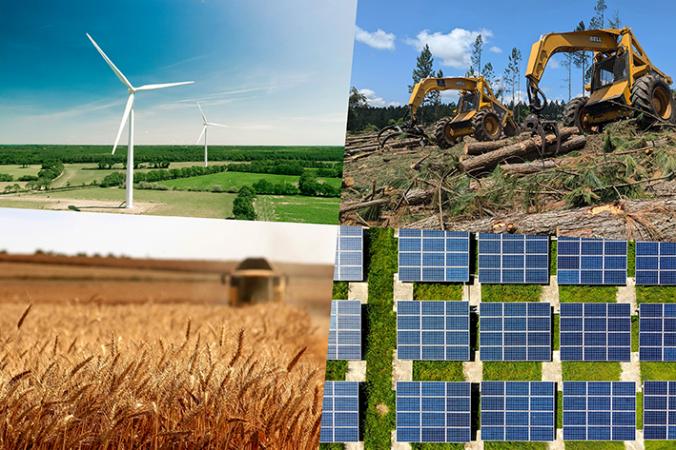Future of Work: Gig Economy and Field Maintenance
In today's dynamic and inter-dependent world, traditional jobs are losing ground due to the rise of the gig economy. Modern blue and white collar workers now have the opportunity to choose to whom they will give their time, where will they work and under which conditions.

Companies are expected to adopt a flexible approach to the new employee ecosystem, which will enable the parties to perform their jobs more productively in collaboration with new technological solutions.
These smart, growing digital networks create new markets for independent maintenance workers, and today already account for a significant part of workforce staffing. The current marketplace is flooded with worldwide designers, marketers, and developer while new marketplaces are creating opportunities for enterprise-level buyers and blue-collar suppliers. All this change begs the question, why is the gig economy model so successful?
For starters, empowering independent workers brings greater job satisfaction and earnings for everyone. In 2016 McKinsey’s research found that up to 162 million people in Europe and the United States—or 20 to 30 percent of the working-age population—engage in some form of independent work.
The study has also shown that people who participate in independent work through digital platforms are more likely to do so by their choice, and that the digital platforms are the place where people more often to find a job that can bring them additional benefit and satisfaction, a crucial need for long-lasting business partners.
Additional research supports this notion with nearly eight in ten participants say they prefer being an independent con-tractor to being an employee.
The transition towards a gig economy is not a localized small phenoma. Earlier this year, The Bureau of Labor Statistics found that 16.5 million Americans are working in “contingent” or “alternative work arrangements” with salaries similar to standard employees. Most of them are independent contractors, who on average are disproportionately in their mid-40s or older and common in sectors like construction.
But they are just one part of a big group of various professionals who choose to be part of the gig economy. A National Survey of the New Workforce conducted by the independent research firm Edelman Berland and commissioned by Freelancers Union and Elance-oDesk (now Upwork) identified the five types of freelancers: independent contractors, moonlighters (people with traditional full-time jobs who also do additional freelance work), diversified workers (people with multiple sources of in-come from a mix of traditional employers and freelance work), temporary workers, and freelance business owners.
This growing pool of maintenance workers is adapting to new economic models with the help of digitized and automated technological solutions: From live video, automated procurement via the Internet of Things, augmented reality, and smart applications; maintenance workers are more empowered and more capable than ever before. On-site field workers can now use geospatial information from GPS, voice and facial biometric security, and utilize wearables, changing the very nature of freelancing. Furthermore, contractors and suppliers use modern tools of governance such as geolocation tracking and real-time service level acceptance to assure quality and efficiency.
For employers and buyers this means minimizing employee training time while increasing work quality through more efficient governance and automated hand-off points. Both sides can build trust through review systems and transparent financial transaction.
Iva Danilovic, Work Researcher & Tech Content Creator





![EMR_AMS-Asset-Monitor-banner_300x600_MW[62]OCT EMR_AMS-Asset-Monitor-banner_300x600_MW[62]OCT](/var/ezwebin_site/storage/images/media/images/emr_ams-asset-monitor-banner_300x600_mw-62-oct/79406-1-eng-GB/EMR_AMS-Asset-Monitor-banner_300x600_MW-62-OCT.png)



